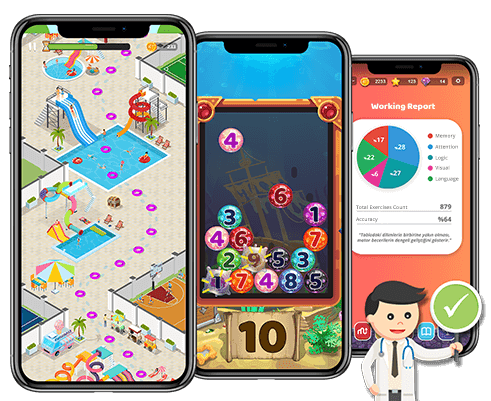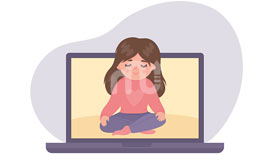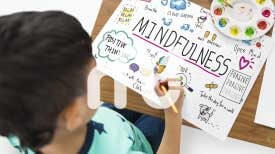Being a child has its difficulties such as experiencing stress, anxiety and other conditions for various reasons. Mindfulness is a state of mind that helps children develop the necessary skills to overcome such conditions. But that’s not all! From improving focus to growing patience, mindfulness activities have lots of benefits to offer. Read on to learn more about this amazing practice.
What is Mindfulness?
"The quality or state of being conscious or aware of something.” — sounds like something that we want for ourselves and our children. Mindfulness is maintaining a present awareness of our thoughts, feelings, bodily sensations, and surrounding environment, through a gentle, nurturing and non-judgmental lens.
There are plenty of examples of mindfulness practices in our daily lives. To clarify, first, think about the time when you start making a grocery list while listening to music or how your children open a bag of chips and finish it while watching TV. You and your children, and almost everybody else, complete almost every task on autopilot, juggling more than one task at a time.
Mindfulness games and activities are one of the most effective ways for children to get rid of their stressful energy. In this way, they can both have fun and develop. Keep in mind that they always need a safe space to ease up. 🎈 ✌
MentalUP provides kids with 150+ brain-boosting games and 240+ fitness exercises that they can use to relax by spending quality time. You can help your children to have a better development process if you support them with the best relaxing sources. ✨ 🌈

When you are in autopilot -research shows that an average person spends nearly 47% of their time in autopilot- you lower your attention span and your mind starts to wander, which prevents you from focusing, being present and aware. However, when you are mindful of your surroundings, your current actions and etc., you enjoy life, reduce stress, increase happiness, and start noticing things and processes around you such as the flowers blooming on your path to school or work.
Mindfulness for kids is no different. A child that applies unique mindfulness activities can take advantage of the many benefits that they provide such as less time spent online.
Therefore, we compiled the most effective mindfulness exercises for kids and the best apps for your child. Before looking at these apps, you can do a digital addiction test for your kids and find the most appropriate app for them.
Mental exercises help children develop mental, physical and psychological skills and improve their intelligence. MentalUP is an educational and entertaining app with 150+ games that provides children with daily mental exercises.
Benefits of Mindfulness for Children
As the twig is bent, so grows the tree. There are plenty of benefits of mindfulness for kids, especially when mindfulness techniques for children are applied at a young age:
- Promotes happiness
- Reduces stress
- Helps overcome anxiety
- Helps deal with ADHD
- Enhances learning ability
- Raises body awareness
- Grows patience
- Encourages considerate actions
- Helps defeat depression
- Sharpens memory
- Increases focus and attention
- Builds social intelligence
- Reinforces intrapersonal intelligence
- Helps evaluate and control behavior
- Helps manage emotions
- Supports mental health
- Enhances kids’ abilities as co-curricular activities
Mindfulness games for kids help improve their lives and provide them with a better adulthood as they will be more open and adjustable to change and have a better chance of handling stress and enjoying life in the future. In addition, children’s minds are more adaptable to such activities and exercises.
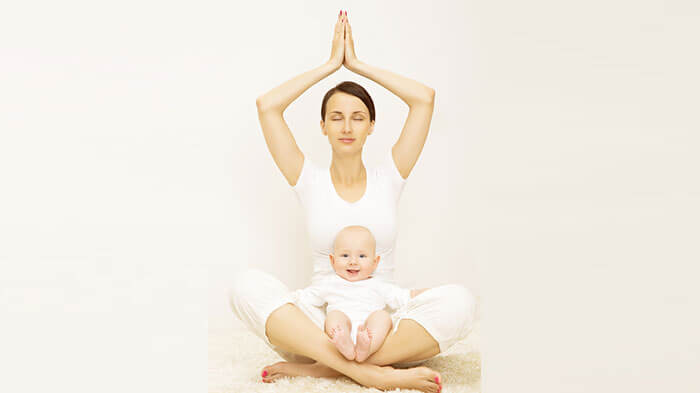
Toddlers
You may think “How can a toddler benefit from mindfulness?” The answer is pretty simple: the human brain starts to develop and improve as it starts to form. Therefore, mindfulness for toddlers is very effective and easy to apply with the guidance of the parents. Toddler mindfulness activities are mainly based on the connection between the mother (caregiver) and the infant.
Firstly, being less involved with technological devices and making eye contact is an important step to develop mindfulness for toddlers. This will allow the baby to calm down and help you overcome stress and frustration easily. Exchanging smiles, glances and sounds with an infant will help nourish them, let them feel secure and loved.
Preschoolers
Preschool is one of the first developmental stages in which a child spends the longest time away from home and with people who are not their family. Therefore, mindfulness for preschoolers can be very helpful in helping them adjust to these changes. Fun mindfulness activities for kids can help them socialize, overcome anxiety and embrace differences and changes in life.
Mindfulness Activities for Kids
Here are some mindfulness exercises for kids that you can easily apply.
1. Mindfulness Breathing Activity
Breathing exercises are one of the most effective meditation applications and one of the best mindfulness activities for children. Plus, they are very easy to apply.
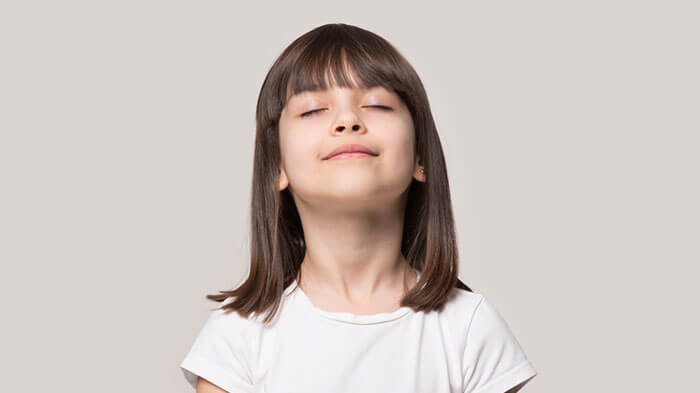
Benefit
Breathing exercises help soothe children, relieve anxiety and calm stress.
Duration
Mindfulness strategies for kids are more about doing it correctly rather than how long it takes. Breathing exercises can take 2 to 5 minutes. When you apply the technique correctly, you will notice how your mind eases and your pulse regulates, therefore you can tell your children to concentrate on the process and recognize the changes.
Age Group
Breathing exercises can be applied to children aged 4 and up.
How to Apply
- Lie flat on the floor, opening your legs in a slight “v” position.
- Open your arms to your sides, palms looking up.
- Close your eyes.
- Then, inhale from your nose and count “one”.
- While doing so, concentrate on how the air flows inside your lungs.
- Exhale through your mouth and count “two”.
- Feel the air moving out of your body.
- Repeat inhaling from your nose and exhaling from your mouth, keeping count of every breath.
- With every breath, try to feel your pulse slowing down and calm your mind.
Tips
- To help your children concentrate on their breathing, let them place one hand on their belly and feel the movement.
- Accompany the exercise with calming, soothing music for more thorough relaxation.
Children who experience stress, lack of attention or anxiety can struggle with socializing or learning at school. In such conditions, supporting kids with educational apps can be very effective.
MentalUP is an educational game that helps promote social and mental skills while boosting learning skills and help reduce stress.
2. Mindfulness Chocolate Activity
Who doesn’t love chocolate? Almost every child eats a piece of chocolate every now and then (sometimes even more), but when was the last time that you actually enjoyed eating chocolate?
One of the main benefits of mindfulness exercises for kids is to be present and enjoy the little things in life. This exercise is cut out just for this.
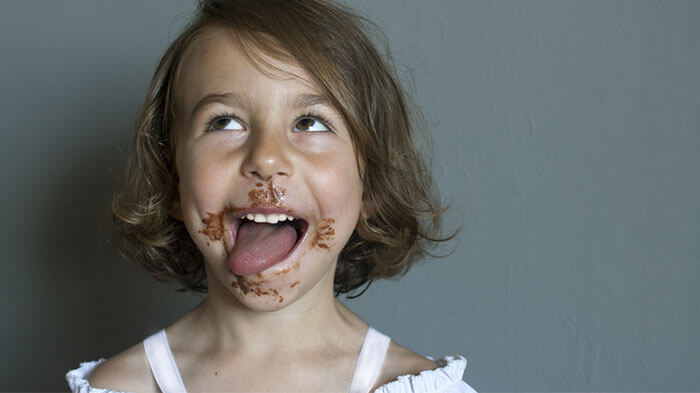
Benefit
Due to cacao’s nature, mindfulness-based stress reduction for children can be achieved with this mindfulness exercise. It comes with all the benefits that mindfulness activities provide.
Duration
Mindfulness is all about savoring the moment and chocolate is no doubt something that deserves all the attention. Take your time.
Age Group
This activity is suitable for everyone older than 2 and that isn’t allergic to chocolate. For ones that can’t consume chocolate, you can follow the process with other foods that you can savor such as raisins or strawberries.
How to Apply
- Relax your body, soften your muscles. Try to calm your body as much as you can.
- Take a bite-sized or slightly bigger chocolate in your hand.
- Close your eyes.
- Try to feel the texture of the chocolate. Is it soft, hard, cold or warm?
- Take a deep breath and inhale the scent of the chocolate. Recognize the aroma that is hidden inside. Can you feel the semi-sweet taste of the cacao? Is your mouth watering? Tell your child to be patient and to savor the moment, fighting the urge to gobble up the chocolate.
- Now that you have taken your time to appreciate the smell of the chocolate, take a tiny bite, but don’t chew it. Rest it on your tongue and let it melt and release its flavor with the heat of your breath.
- Absorb the aroma. Focus on the taste and relax. Be present and experience the taste.
- As the piece dissolves in your mouth, organize your thoughts if your mind wanders off. After you bring yourself to the present again, take another piece from the chocolate and repeat the process of savoring the moment.
- After you have finished the whole piece, take your time to appreciate the experience.
Tips
- Using semi-sweet chocolate with a high percentage of cacao can intensify the experience.
- Aromatic chocolates like orange, cinnamon or mint can be a nice change to what you’re normally used to.
3. Mindfulness Drawing Activities
Mindfulness drawing activities are a creative and expressive way to experience mindfulness. Its therapeutic nature allows you to embrace your thoughts and calm your mind. Apart from drawing, children can benefit from coloring as a mindfulness activity as well.
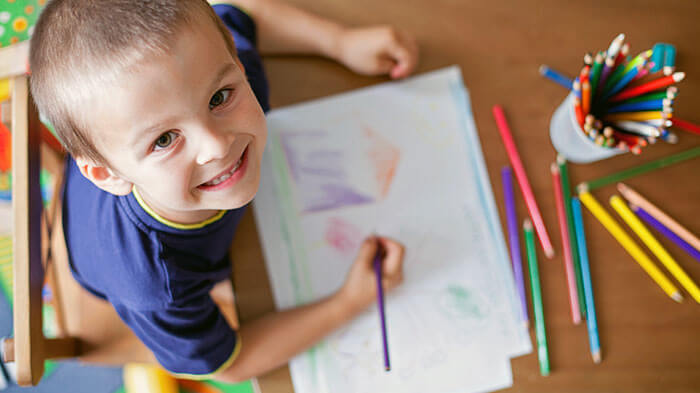
Benefit
These activities help feel more present, appreciate colors and calm your mind.
Duration
Setting aside 5 to 15 minutes for mindful coloring will do the job.
Age Group
These mindfulness creative activities can be performed by children aged 5+.
How to Apply
- Find a silent place and time that won’t allow distractions
- Gather your materials and place them on a flat surface.
- Pick a template or drawing of your choice and concentrate on the harmony of the colors.
- Start paying attention to your breathing. Keep in mind that breathing correctly is crucial to complete mindfulness activities.
4. Mindfulness Heartbeat Activity
Heartbeat exercise is a useful mindfulness therapy for children. It is easy to practice and very effective.
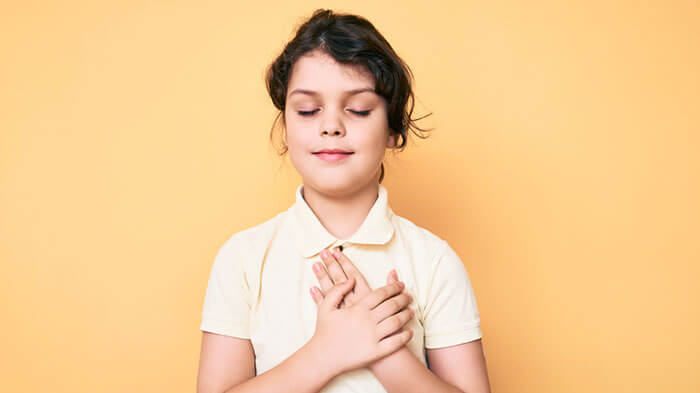
Benefit
This exercise builds self-awareness and calms the mind and body.
Duration
It takes only a minute or two.
Age Group
Suitable for children aged 7+.
How to Apply
- Ask your children to move fast for one minute. They can do jumping jacks or run around.
- Then tell them to stay put, place their hand on their chest.
- Let them focus on their heartbeat. Have them realize how it is racing and how it slows down as they breathe in and out.
5. Mindfulness Listening Activity
Listening seems like a simple task but it requires plenty of attention and practice to be able to do mindful listening.
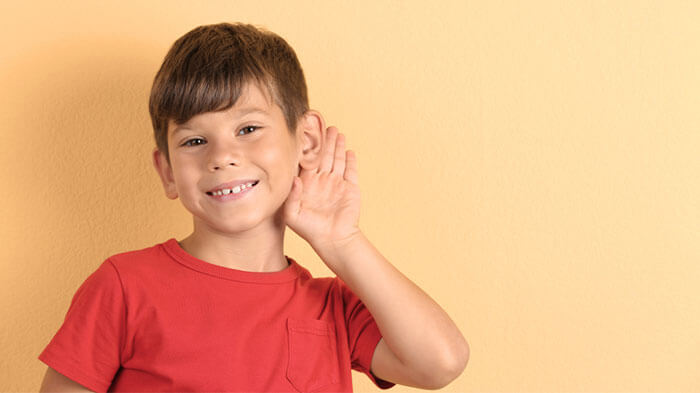
Benefit
Improved communication skills and better learning abilities are the most important benefits of this activity.
Duration
Mindful listening takes as long as you engage in a conversation.
Age Group
This activity can be completed by children aged 10+.
How to Apply
A successful practice for mindful listening is H.E.A.R.
- HALT: Halt and focus on what is being said.
- ENJOY: Enjoy the moment and evaluate whether or not you are included in the conversation.
- ASK: Ask yourself what is being said. If you’re not sure, ask instead of making assumptions. You may be surprised by what you learn.
- REFLECT: Reflect on what you have heard. Let them know that you have listened to them.
Tasks like listening and paying attention are very crucial to promote the children’s learning abilities. MentalUP is a pedagogically certified app that has more than 10+ million users and effectively develops and boosts skills that children require.
6. Mindfulness Body Scan Activities
Daily mindfulness for kids can be applied with simple activities. Mindful body scans are one of them.
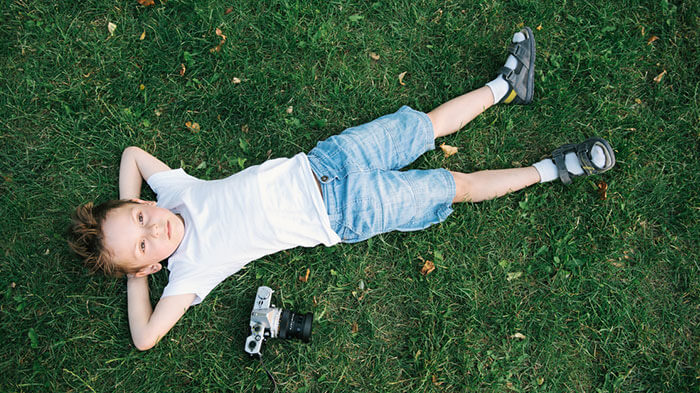
Benefit
Body scans allow the mind to settle and a person to notice physical sensations and emotions. It also provides mindfulness for children with anxiety.
Duration
This activity takes about two minutes.
Age Group
Mindful body scans can be conveyed by children aged 7+.
How to Apply
- Begin by taking a long and full breath, in and out.
- Slowly, bring awareness to your upper body, head, chest, and shoulders.
- Try to notice any sensations or movements.
- Now move down to the arms and the hands.
- Sense the back and front of your body.
- Feel the surface you are seated on.
- Feel the contact of your body with the chair.
- Now focus on your upper legs, your lower legs, and feet.
- Notice if there are any particular places that call for your attention.
- Scan to see if there are places where there is a lack of sensation or only very faint sensation.
- Now breathe and sense the whole body.
7. Mindfulness Root-to-Rise Activity
It’s no wonder that mindfulness can be accomplished with yoga. Root to Rise is among the most effective yoga stretching exercises for kids and mindfulness practices for children.
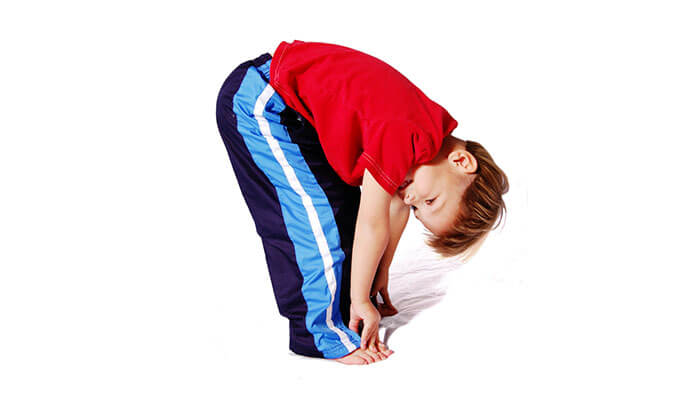
Benefit
This exercise builds courage, kindness, awareness and gratitude.
Duration
The Root and Rise practice takes approximately 5 to 10 minutes.
Age Group
This practice can be practiced by children aged 5+.
How to Apply
- Place your bare feet on the ground.
- Spread your legs slightly apart from each other.
- Keep your spine tall and your palms facing out.
- Take a deep breath as you feel the breath rising from your toes to your head.
- Exhale slowly.
- Repeat taking your breath three times as you feel the energy filling into your body from the ground.
- Stretching your fingers apart, breathe in and reach your arms out wide.
- Slowly lift your arms above your head and touch your palms together.
- Take your arms apart outward in a wide circle from your body as you breathe out, and bend all the way down until your hands touch the ground. You can bend your knees if you need to.
- Feel the ground with your hands, showing your gratitude to the earth.
- As you rise full of earth’s energy, let your head and arms hang heavy.
- Open your arms widely and reach all the way above your head with your palms touching.
- Put your palms together on your heart and say “I am strong.”
- Repeat the steps with different mindfulness affirmations for kids.
Do you want to experience more mindfulness activities? Then, MentalUP is ready to support you! 🙌
With 150+ mindfulness games and 240+ physical exercises, you can stay at present while having so much fun! 🤗
Mentalup is developed by academicians and pedagogues. Try the award-winning MentalUP to boost your mental and physical abilities! 🥳
8. Mindfulness Tasting Activity
There are so many experiences that we don’t appreciate and enjoy thoroughly that we miss out on a lot of stuff. This guided mindfulness for kids practically forces them to use senses and enjoy the present.
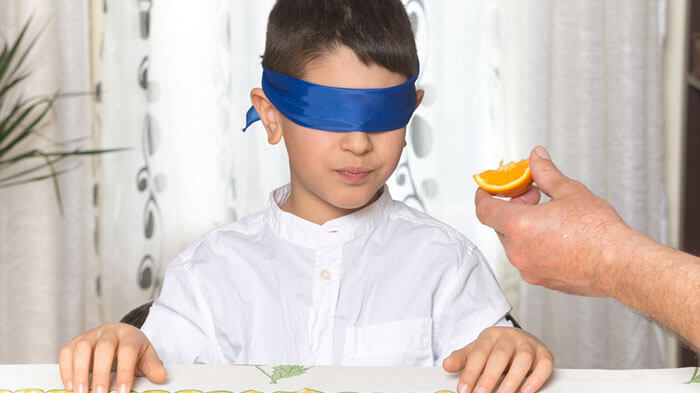
Benefit
Awareness, triggered senses and being present are the benefits of this experience.
Duration
This activity can take 5-10 minutes, depending on how many tastes you or your child will taste.
Age Group
It is an activity suitable for children aged 5+.
How to Apply
- Choose a few aromatic foods and place them on a plate. You may want to try fruits.
- Blindfold your child’s eyes. This will sharpen their other senses which will allow them to concentrate on the experience.
- Put the plates in front of your child.
- Have him/her pick a fruit from the plate.
- First, let your child feel the texture of the fruit and explain it to you. Is it smooth? Patchy?
- Then have your child smell it and describe the scent. Ask if the scent recalls any memories?
- Afterward, have the child taste the food, slowly, as they describe the taste and try to guess what the fruit is.
- Complete the process with the other fruits.
9. Mindfulness Five Sense Activities
This is another way to provide daily mindfulness for kids. It is great to deal with anxiety within the day for both children and parents. Teach your children these 5 easy steps.
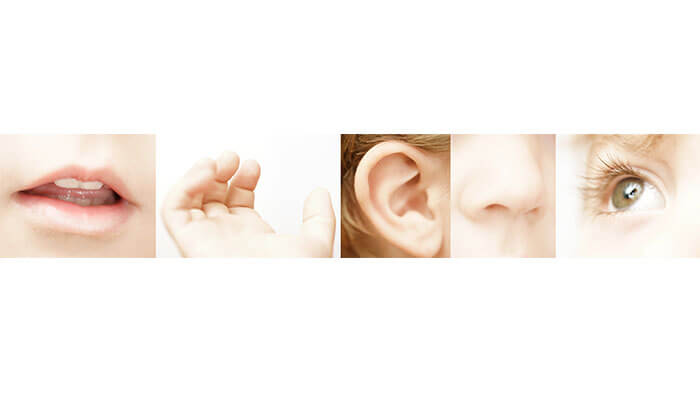
Benefit
Activities that empower all five senses provide awareness, gratitude, reduce stress and increase attention.
Duration
This activity can take up to 5 minutes.
Age Group
This activity is suitable for children aged 7+.
How to Apply
- Notice five things that you wouldn’t normally see. It can be a small rip on the curtains or a tiny crack on a vase.
- Notice four things that you wouldn’t normally care to feel. It can be the texture of the table you're sitting or the breeze that gently lifts your hair.
- Notice three things that you wouldn’t normally hear. This can be a door squeak or the rustles of the leaves.
- Notice two things that you wouldn’t normally smell. This can be the scent of a passersby’s perfume or the scent of fresh tomatoes from the greengrocer.
- Notice a thing that you would only taste at that moment. This can be a sip of juice or a bite of strawberry that you’re having.
10. Mindfulness Feelings Activity
Expressing your feelings is one of the most effective ways of raising awareness and thus being mindful. Encourage your child to acknowledge their feelings. You can use the printable sheet that we provide to help keep track of your child’s feelings.
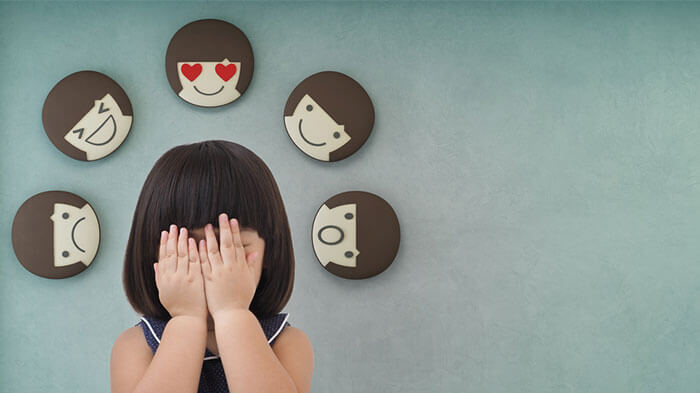
Benefit
This practice can help soothe feelings, calm anxiety, raise awareness and focus on feelings.
Duration
This exercise will only take a minute.
Age Group
You can apply it to children aged 4+.
How to Apply
Hang up this feeling chart on your wall and teach your children how to recognize the emotions they feel each day.
Mindfulness Apps for Kids
Mindfulness apps for kids are very beneficial and easy to use. Here are some of the best apps that you can use for your child to enjoy mindfulness exercises for kids.
MentalUP
The best mindfulness games for kids are at MentalUP. MentalUP is an educational gaming app that is specifically designed for children at the age of 4-13. It also has many other activities that promote intelligence, focus and mental skills.
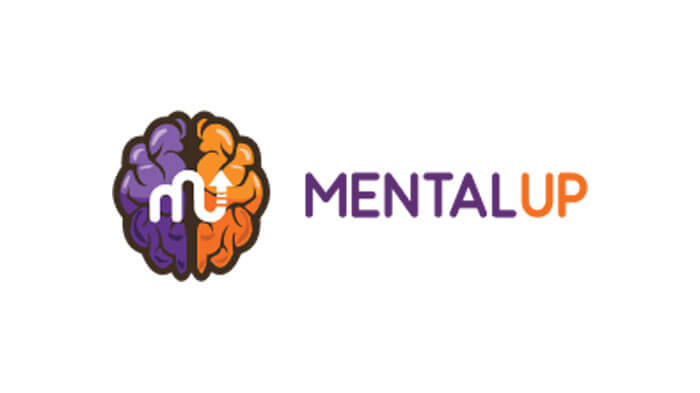
Headspace for Kids
Headspace for Kids consists of breathing exercises, visualizations, and meditations grouped into five categories: kindness, focus, sleep, calm, and wake-up. You can choose from the age groups 5 and under, 6 to 8, 9 to 12.
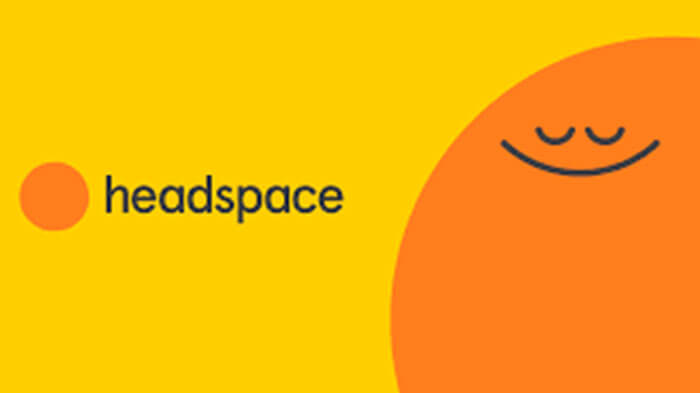
Stop, Breathe & Think
Stop, Breathe & Think helps kids focus, have a quiet, peaceful sleep, and process emotions. Best for ages 5-10.
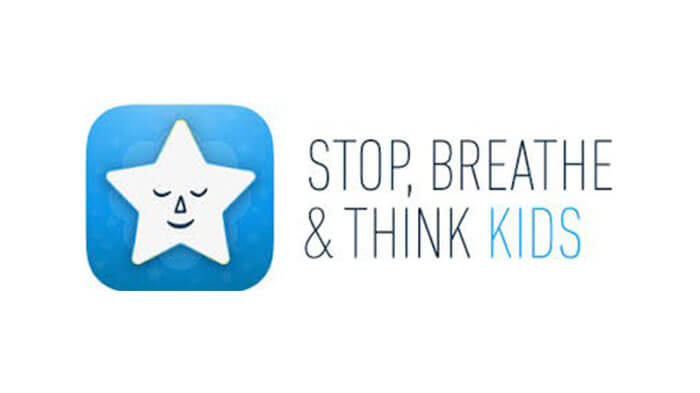
Calm
Calm is one of the mindfulness apps for kids that provides mindfulness exercises and other meditation types. This alternative, which is also one of the best mental health apps, is suitable for age groups 3 to 4, 5 to 6, 7 to 10, 11 to 13, and 14 to 17.
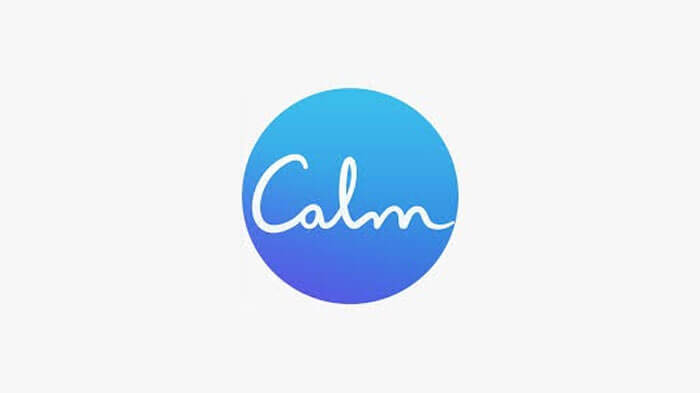
Mindfulness Games
Here are some mindfulness games for kids that you can play at home by yourself or with family and friends.
1. Balancing on One Foot
This game not only provides mindfulness, but also helps build proper motor skills and develop attention.
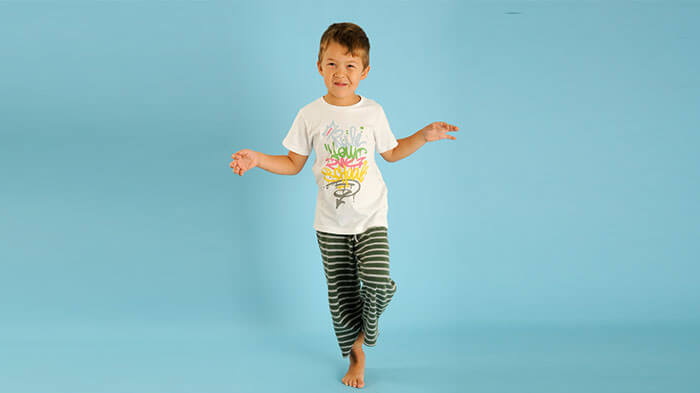
Benefit
Body awareness, Focus, Awareness, Mindful seeing
What is Needed
Nothing at all :)
How to Play
This mindfulness activity is very practical and easy to apply. You can use it to combat boredom while waiting in the queue.
Have your children focus their eyes on a point slightly below eye level. Then ask him/her to stand on one leg and keep their focus on the focal point and keep their balance on one leg as long as they can.
After keeping their balance for some time now, let them try their other leg. Pull them into a conversation to make it more difficult for them to balance and concentrate. Or you can ask them to sing or close their eyes.
If they are with a group of friends, make it a contest and see who would last longer. Add mindful breathing to see if it makes balancing easier.
Children can get bored very easily. Finding beneficial apps for boredom to combat these feelings is a tough task for most parents.
MentalUP is an educational gaming app that offers 150+ beneficial games. While these games help develop verbal, visual and spatial intelligence, you can easily track your children’s progress.
2. Jenga
Jenga is a fun game that is enjoyed by everyone. Besides being one of the best mindfulness activities for young adults and children, it also helps with improving attention and building motor skills.
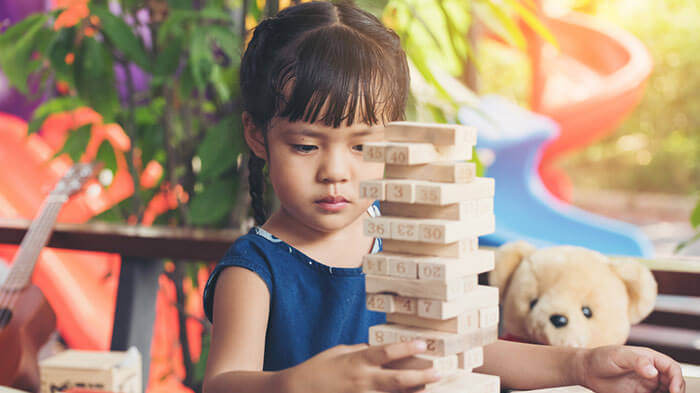
Benefit
Body awareness, Focus, Awareness, Understanding emotions
What is Needed
Jenga the game
How to Play
Jenga is a game in which you build a tower with wooden blocks without shattering it. It requires plenty of attention, so you can turn it into a mindfulness practice for children by asking them to pay attention to whatever it is that distracts them from the game.
Can they recognize when they get distracted and why?
Did they overthink or did their mind wander off, resulting in them losing their concentration?
Ask them to play the game with a calm mind and try to realize any differences. Adding in mindful breaths can help too.
You can read our article to learn more about Jenga.
3. Coin game
One of the purposes of mindfulness techniques for children is to be able to live in the moment and realize the small details in life. This game will allow your children to absorb the little details that life presents and appreciate them.
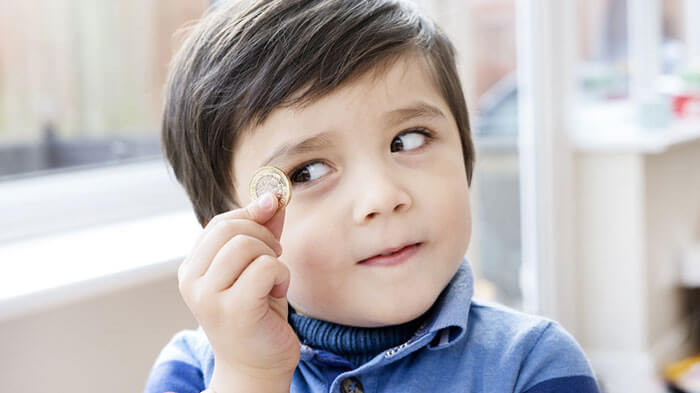
Benefit
Detail Awareness, Focus, Awareness
What is Needed
A coin for each player (with the same value), a basket
How to Play
Every player gets a coin and a minute to examine it in detail. Then, the coins are placed in a basket and mixed. Each player has to find their coin out of the others and tell why it is theirs. You can play it with other objects, the important point is to use the same objects that have little differences.
4. The Balance Game
Just like the Balancing on One Foot game, The Balance Game is one of the mindfulness creative activities that can be played at home and one of the best mindfulness school activities as it can be played with the whole class.
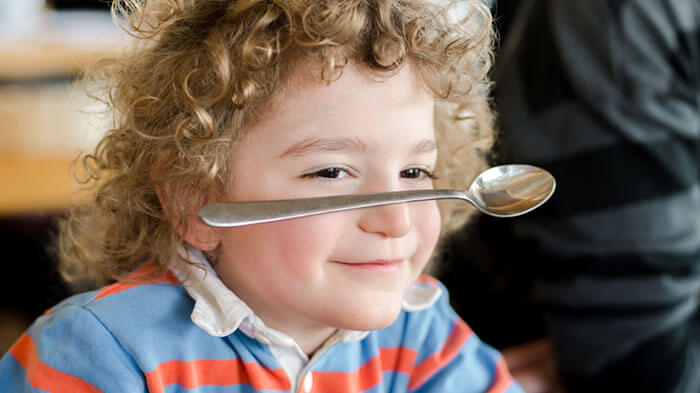
Benefit
Body awareness, Focus, Awareness
What is Needed
A spoon and some water per team
How to Play
Just like the egg-and-spoon race, the point is to carry a spoon of water to the next kid without spilling it. To make it even more difficult, you can ask your child to walk backwards or sideways and make a race out of it.
5. Simon Says
Simon Says is a game that requires plenty of attention and is one of the fun mindfulness activities for kids. It uses both mindful seeing and listening.
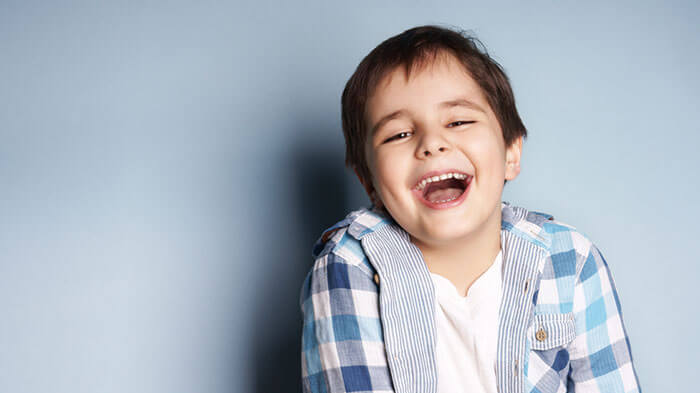
Benefit
Mindful listening and seeing, Focus, Awareness
What is Needed
Space to move around
How to Play
First, a leader which will give directions is chosen. The leader will give verbal instructions while demonstrating them visually. Kids need to pay close attention to the instructions because they are to follow them only if they start with “Simon Says”.
Keep in mind that there’s a conflict between what is said visually and what is instructed to do verbally and that you should only act when the leader says “Simon says” before the instruction.
We tend to act without thinking (autopilot), and this game shows just that.
Players fail if they perform the action without the “Simon says” phrase or if they fail to perform the action when the phrase “Simon says” is used before the instruction.
For example:
“Simon says laugh out loud” (you should laugh out loud). “Simon laughs out loud” (you should wait for the next instruction without doing anything).
You can choose whether or not to eliminate the players who fail or how many times they have to fail to be eliminated to specify the competition in the game.
🧠 Don't ignore games! Brain games can teach children patience, strategic thinking, how to reduce stress and can help them improve their developmental skills.
We have put together some best mind games for kids. These games are chosen to maximize their progress and enjoyment: MentalUP Mind Games
Have fun 🥳


